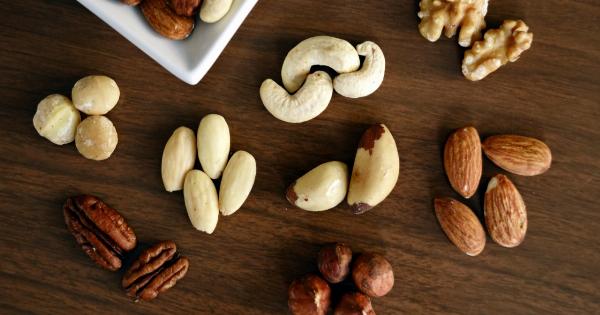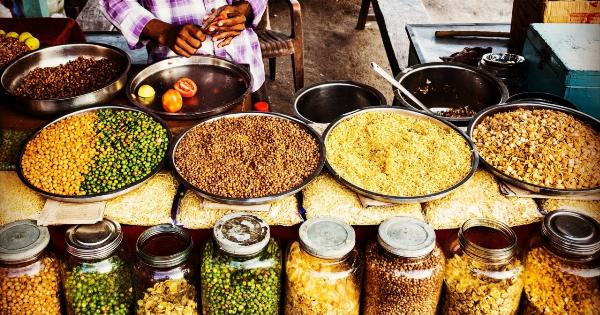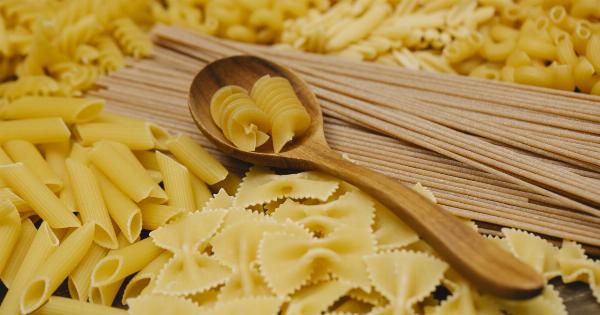In the year 2050, we can expect major changes in the way we produce, consume, and think about food. As the world population grows and demands for sustainable and nutritious food increase, the food industry will need to adapt and innovate.
In this article, we will explore some of the key trends that are likely to shape the food landscape in 2050.
1. Plant-Based Diets
One of the major food trends we can expect to see in 2050 is the widespread adoption of plant-based diets.
With the growing awareness of the environmental impact of animal agriculture and the health benefits of plant-based eating, more people are likely to embrace a diet that focuses on plant-derived foods.
2. Sustainable Farming Practices
In order to meet the rising demands for food while minimizing the impact on the environment, farmers will need to employ sustainable farming practices.
This may include the use of precision agriculture techniques, vertical farming, hydroponics, and other innovative methods that maximize crop yields with minimal resources.
3. Lab-Grown Meat
The production of lab-grown meat is expected to revolutionize the food industry in the coming decades.
By culturing animal cells in a lab instead of raising and slaughtering animals, this technology has the potential to address the ethical and environmental concerns associated with traditional meat production.
4. Personalized Nutrition
Advancements in technology and the field of nutrition will allow individuals to receive personalized dietary recommendations based on their unique genetic makeup and health conditions.
This could lead to the development of personalized nutrient supplements and tailored meal plans.
5. Food Waste Reduction
In 2050, we can expect a significant reduction in food waste through better storage and distribution systems, as well as the utilization of food byproducts.
By finding innovative ways to use food waste, such as creating new food products or converting it into biogas for energy, we can minimize the environmental impact of food production.
6. Alternative Protein Sources
In order to meet the growing demand for protein, alternative sources such as insects, algae, and single-cell proteins are expected to gain prominence.
These sources are not only more sustainable than traditional livestock, but they also have a lower carbon footprint.
7. Smart Food Packaging
Advancements in packaging technology will enable food to stay fresh for longer periods, reducing food spoilage.
Additionally, smart packaging equipped with sensors and indicators will help consumers determine the freshness and quality of the food they purchase.
8. E-commerce and Food Delivery
With the continued growth of e-commerce and advancements in delivery technology, online grocery shopping and food delivery services are expected to become the norm. This trend will offer convenience and accessibility to a wide range of food products.
9. Blockchain Traceability
Blockchain technology will enable consumers to trace the entire journey of their food, from the farm to their plate. This transparency will build trust and allow consumers to make informed choices about the products they purchase.
10. Altered Food Experiences
In 2050, we can anticipate unique and immersive food experiences. From virtual reality dining to 3D-printed edible creations, the way we perceive and experience food is likely to undergo significant transformations.
Conclusion
The year 2050 will bring about a new era of food trends, driven by the need for sustainability, nutrition, and innovation.
Plant-based diets, sustainable farming practices, lab-grown meat, personalized nutrition, and alternative protein sources will shape the culinary landscape. Additionally, advancements in packaging, e-commerce, blockchain traceability, and technology-driven food experiences will redefine our relationship with food. As we look ahead, it is clear that the future of food holds exciting possibilities.





























